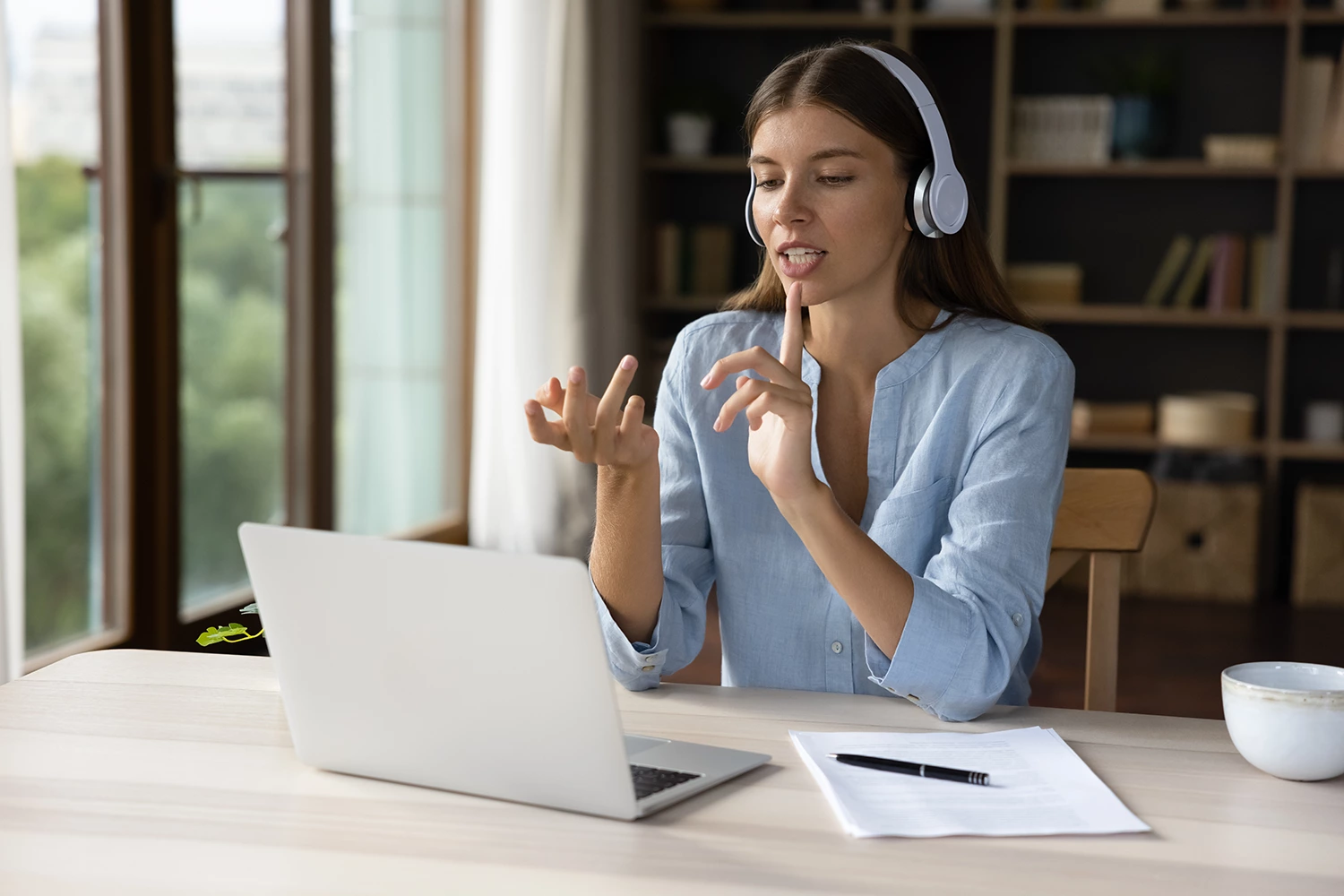- Learning and Development
What is Lecture Capture (And Why Should You Use It)?

Lecture capture is the practice of using technology to record a lecture or presentation so that it can be viewed at a later time, often through a video management system (VMS). It is a tool used to capture a number of streams including audio from the lecture and class discussions, visual resources such as slideshows, and video of the physical or virtual classroom.
How does lecture capture work?
Lecture capture can be a one-time event, or it could be set up on an ongoing basis where content is automatically shared with students via a learning management system (LMS).
For lecture capture to function in a physical classroom environment there needs to be cameras and microphones installed in the classroom, a recording system (such as a laptop or camera), a VMS (such as Panopto), and an LMS.
In virtual and hybrid learning environments, it is possible for lecture capture to operate using only a laptop that can host the three building blocks – a video conferencing platform, a VMS, and an LMS.
When a teacher is presenting a lecture they click a button on their laptop to initiate the recording, sending signals from the video/audio sources to the recording system which then captures these sources and merges them into a digital format. This is then sent to the VMS, which uploads and stores the captured content and embeds it in the LMS (such as Moodle or Blackboard) for on-demand student access.
Why should you use lecture capture?
It’s what students want – according to a March 2021 survey from The Student Voices Project, 79% of students would like for lectures to still be available online post COVID-19.
In addition, there are a range of other benefits to using lecture capture. For students, the advantages include the ability to:
- Review the lecture or learning material at a later time to further assist in understanding.
- Increase in-class engagement as note-taking can be maximized when reviewing the recorded lecture.
- Learn at their own pace by utilizing the stop, start, pause, and rewind functions.
- Use captions, an audio reader, and universal design for learning (UDL) to gain access to the content regardless of any learning disabilities or language barriers.
For faculty and administrators, the benefits include the opportunity to:
- Build an archive of recorded lectures and online resources that can be shared with both current and future students for increased accessibility, maximizing time and resources.
- Review and revise their own lectures to improve effectiveness and increase students’ understanding of the learning material.
- Analyze analytics from the recordings to track student engagement and viewing patterns.
Am I required to caption lecture capture?
Captioning lecture recordings is vital to maintaining compliance to support both principles of accessibility and UDL. In accordance with Section 508 and Section 504 of the Rehabilitation Act and the Americans with Disabilities Act (ADA), any video used for training or teaching must be captioned.
These captions must be: accurate in terms of spelling, grammar, and punctuation; time synchronized throughout the video; comprehensive from start to finish; and placed mindfully so the viewing content is not obstructed.
Lecture recording software for faculty and students
Panopto is an easy VMS that enables creators to record, edit, curate, and share lectures. It automatically recognizes any connected cameras or microphones and stores recording settings and not only provides lecture recording, but also stores videos in a searchable library that can be easily accessed and integrated with a number of LMS. In addition, our unique remote recording option allows teachers to schedule recordings ahead of time, minimizing potential set-up issues and reducing post-production time.
Use Panopto to Record Your Lectures
No free trial limitations. Nothing to install. No user account or credit card required.


